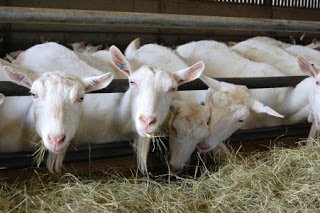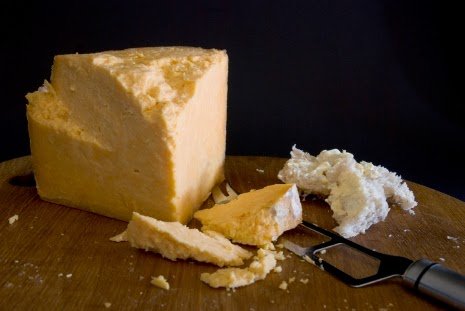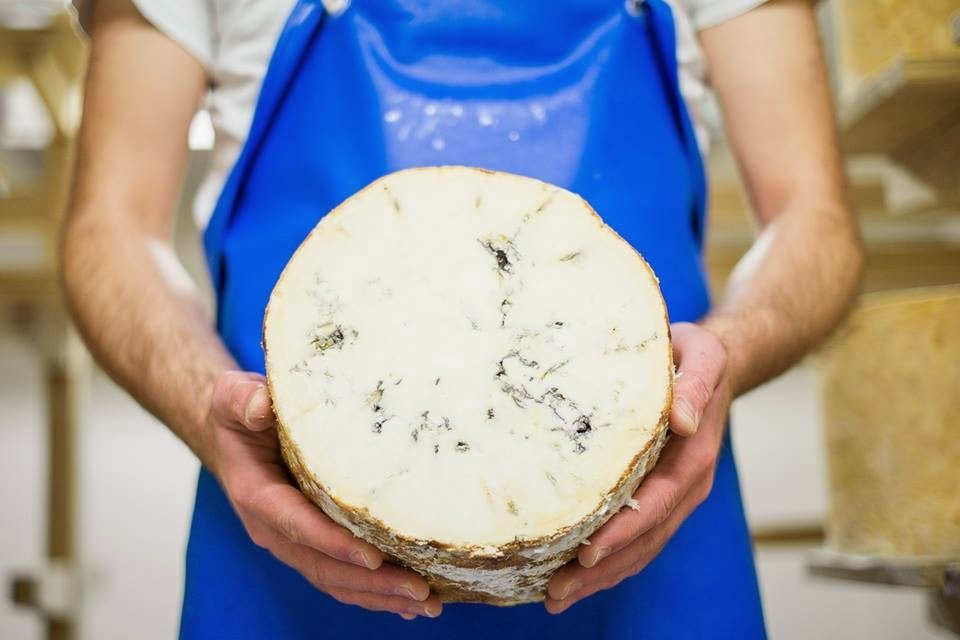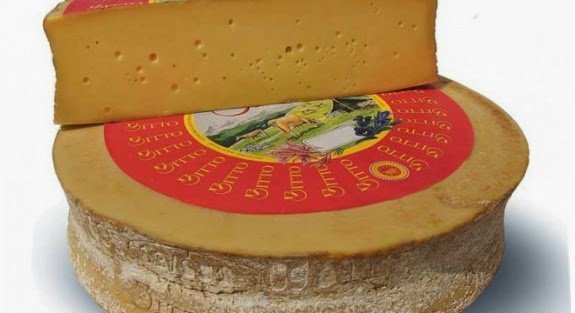Golden Cross had a good
awards season last year with its eponymous goats cheese winning super
gold at the World Cheese Awards and named best soft white at the
British Cheese Awards.
Not that owners Alison and Kevin Blunt were
there to receive them. The couple are so busy making the St
Maure-style cheese that they find it difficult to leave their farm
near Lewes in East Sussex for any great length of time.
Apart from walking to
the farm gate to collect the post, Alison calculates that she hasn't
been “off base” for the best part of a fortnight when I visit in
early March 2015. Meanwhile, Kevin recounts how he had to miss one of
their three sons playing at Lords in the final of a national village
cricket competition because he had to be at the farm milking the
goats.
“Our life is ruled by
the cheese, ” he says cheerfully as we take a tour of the dairy.
“We'd like to get out more but the goats always need milking.”





